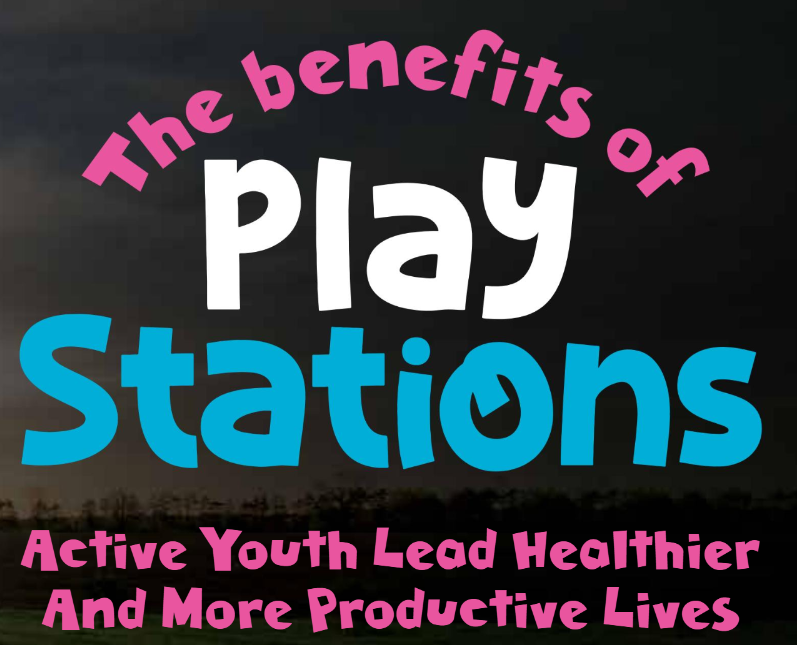Driving through the central Minnesota countryside, baseball fields, playgrounds, outdoor hockey rinks, skate parks and more dot the landscape.
The only problem is, most of the time there is nary a soul utilizing what those “play stations” can offer.
According to the National Recreation and Parks Association, children only spend on average four to seven minutes per day in outdoor unstructured play. Since the advent of video game systems, outdoor play stations such as playgrounds and ballparks, have been taken over by the Play Station video game console. And who can argue? It takes zero energy, you only have to move your fingers and thumbs, and instead of having to run the bases or climb a wall, the graphic on the screen does it for you. Why go outside and pretend to be Byron Buxton when you can be Byron Buxton on a 65-inch television?
Simply put, our youth are not getting enough exercise and it could impact their long term physical and mental well being.
A study by the Aspen Institute titled Project Play, regular physical activity benefits health in many ways including strengthening and maintaining healthy bones, muscles and joints; helping control weight and reduce fat; and helping prevent or delay serious health conditions such as high blood pressure.
One of the best ways to ensure your children are getting enough exercise is to enroll them into a youth sport or multiple sports. The Aspen Institute study determined sports participation is a significant predictor in young adults’ participation in sports and physical fitness activities. Adolescents who play sports are eight times more likely to be active at age 24. The study also found that the 10 healthiest cities invested heavily in sport and recreational infrastructure.
But those baseball fields, hockey rinks and playgrounds have to get used and it is up to the individual to use them. According to a 2018 study from Nationwide Children’s Hospital, only 5 percent of children ages 5 to 18 met the federally recommended amount of daily exercise of 60 minutes per day. One way to combat that is to sign a child up for a sport.
Not only does sport allow for a child to learn a new skill, it also helps them develop cognitive skills that lead to better academic achievement. Studies show that high school athletes are more likely than non-athletes to attend college. Also, those who do not play a sport or get the required amount of physical activity are twice as likely to suffer from mental health conditions.
There are also several other perks to being in a sport. Children meet new friends they may have otherwise not have met. They get a chance to compete with their friends seeking a common goal. They learn responsibility for taking care of their equipment. They get to wear a uniform and be part of a team. They learn life lessons such as discipline, teamwork, accountability, communication and respect.
Sports can also become a fun family activity. Just because a parent did not play a sport growing up, simple games that increase physical activity can go a long way in ensuring your child is getting the proper exercise. Playing childhood games like tag, or capture the flag require running and agility and usually result in a belly laugh. And not every sport requires size or extreme athletic skill. Swimming is a fun sport and activity anyone can learn, enjoy and excel at. Cross Country running and track and field are other sports where athletes can go at their own pace that feels comfortable, be competitive as they wish and yet still get much-needed exercise and develop lasting friendships along the way.
Active kids, according to the Aspen Institute Project Play study, are 1/10 as likely to be obese, have up to 40 percent higher test scores, show less drug use and smoking, go to college 15 percent more than non-active kids, have lower levels of depression, have higher self esteem, earn 7 to 8 percent more in career earnings, have lower health care costs are more productive at work and reduced risk of heart disease, stroke, cancer and diabetes.
Whether playing on a playground, basketball court, hockey rink, hiking a trail, jumping on a trampoline, or playing a game of tag with mom and dad, studies prove over and over that active kids generally lead better lives.
The outdoor play stations are everywhere. It’s up to families to use them.

